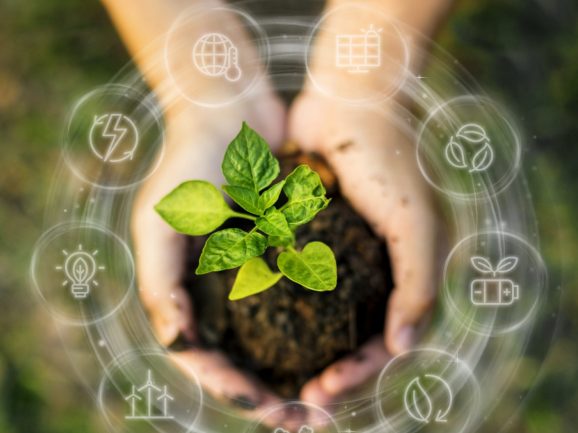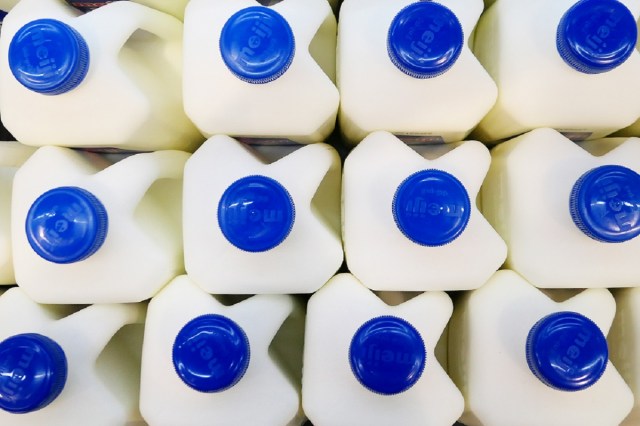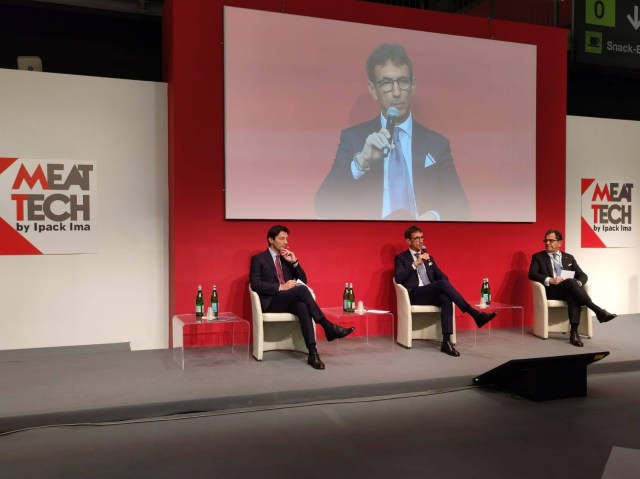
The Australian Packaging Covenant Organisation (APCO) has released its 2022-23 Australian Packaging Consumption and Recovery Data Report, the second report released in 2024, as part of the organisation’s commitment to improving the timeliness and relevance of data.
The latest results against the targets include:
- Target 1: 100 per cent reusable, recyclable or compostable packaging.
Result: The proportion of recyclable packaging increased from 84 per cent to 86 per cent.
- Target 2: 70 per cent of plastic packaging being recycled or composted.
Result: The plastic recycling rate decreased from 20 per cent to 19 per cent .
- Target 3: 50 per cent of average post-consumer recycled content included in packaging.
Result: The average recycled content increased from 40 per cent to 44 per cent .
- Target 4: The phase-out of problematic and unnecessary single-use plastic packaging.
Result: This has been reduced by 40 per cent from the 2017-18 baseline.
APCO CEO, Chris Foley, said: “Our ability to drive meaningful change in the packaging industry depends on access to timely, accurate data. By releasing two reports in one year, we’re ensuring our members and stakeholders have the most current information to make informed decisions. This latest report highlights where progress is being made and where more focus is needed.”
“In August, APCO launched its 2030 Strategic Plan, a new way forward to meet the need for industry to take greater responsibility for packaging placed on the market. The strategy was developed with input from hundreds of key stakeholders, so we know that businesses want these outcomes and are ready to act to strengthen their packaging’s social license.”
Report highlights
- In 2022-23, half of all glass placed on the market was from post-consumer recycled content, making it the first material group to meet the 2025 material-specific target for post-consumer recycled content.
- The average Australian consumer uses 146kg of packaging per year, with 111kg consumed in the home and 35kg consumed away from home. Business to business consumption (116kg/person) and other/unknown consumption (2kg/person) takes total consumption 264kg per capita.
- Domestic reprocessing capacity has nearly doubled since 2018-19, from 1.85MT to 3.45MT.
- Paper and Paperboard represents more than 50 per cent of all packaging placed on market and has a high recovery rate of 73 per cent . Even so, more remains to be done, as there are still 1.3 million tonnes of this valuable material going to landfill.
- Container Deposit Scheme recovery via depots and reverse vending machines have almost doubled between 2018-19 and 2022-23 across the country.
- Some problematic and single-use plastics have almost disappeared from Australian packaging, with 31,000 tonnes of single-use HDPE shopping bags being almost entirely eliminated, PVC halving from 20,000 tonnes to 10,000 tonnes, and 1,500 tonnes of oxo-degradable plastics being reduced to almost 0.
Material highlights:
- Paper and paperboard: Despite 94 per cent of paper and paperboard packaging POM receiving a “good recycling potential” rating, only 65 per cent of paper and paperboard was collected throughout 2022-23. This is a slight drop on the 2021-22 recovery rate of 68 per cent .
- Rigid plastics: The recovery rate of rigid plastic has exceeded the growth of rigid plastic POM since 2018-19. Post-consumer recycled content has also grown from 10 per cent to 14 per cent (as a proportion of POM), with an additional 32,000 tonnes of post-consumer recycled content used vs 2021-22 levels.
- Flexible plastics: Low domestic reprocessing capacity for flexible plastic content limit the uptake of domestic recycled content in new flexible plastic packaging placed on market. Over the next five years, flexible plastic reprocessing capacity is projected to increase by 287,000 tonnes, bringing reprocessing capacity to 54 per cent of POM in 2027-28, compared to just 10 per cent in 2022-23.
- Glass: Glass is the first material to reach the 2025 material-specific recycled content target for 2025, with post-consumer recycled content rates in glass improving from 41 per cent in 2021-22 to 50 per cent in 2022-23.
- Metal: Metal recovery has improved slightly between 2021-22 (51 per cent ) and 2022-23 (52 per cent ), but still remains lower than the 56 per cent recovery rate in 2018-19.
- Wood: Wood is typically used in B2B contexts for highly durable applications, making it well suited to reuse systems. In 2021-22, 4.5 million tonnes of wood were avoided through the use of qualified reusable packaging systems.


